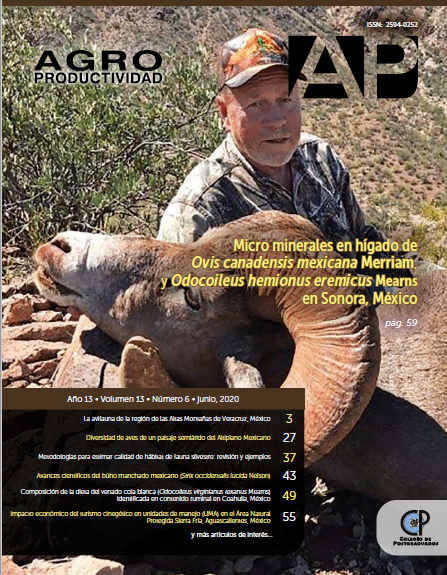Role of fecundity genes in ovulation rate and litter size in sheep
Main Article Content
Keywords
Genes, GDF9, BMP15, BMPR1B, Fecundity
Abstract
Objective: to describe the role of the GDF9, BMP15 and BMPR-IB genes on ovulation rate and prolificacy in sheep.
Design/methodology/approach: A search and analysis of scientific information related to fecundity genes in sheep was carried out from the Web of Science and Scopus databases.
Results: in the fecundity genes, it is included the Growth and Differentiation Factor 9 (GDF9), Bone Morphogenic Protein 15 (BMP15) and Bone Morphogenic Protein Receptor type 1B (BMPR1B), which belong to the Transforming Growth Family factor type ß (TGFß). In most of the mutations found in the coding regions of these genes, heterozygous sheep show an increase in ovulation rate and prolificacy; on the contrary, homozygous sheep are infertile. However, some breeds of sheep with a double mutation or homozygous copies have high ovulation and prolificacy rates.
Implications: these genetic variants found in the fecundity genes related to the ovulation rate and prolificacy in the sheep, represent a great utility in the implementation of genetic improvement programs, aimed to improve the reproductive efficiency and profitability of the flocks.
Conclusions: these fecundity genes participate in the proliferation, growth and differentiation of theca and granulose cells, favor steroidogenesis in granulosa cells and are fundamental in folliculogenesis at the ovarian level. Heterozygous
genotypes have an increase in ovulatory rate and prolificacy, but homozygous sheep are infertile. However, in some
breeds, homozygous or double mutation genotypes are fertile and have high ovulation and prolificity rates.

